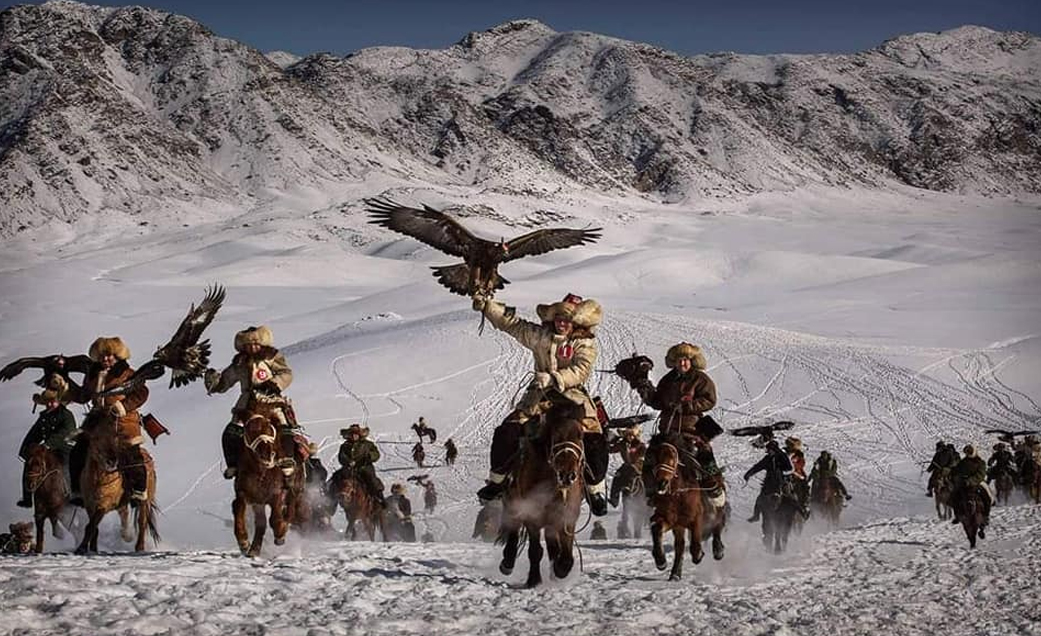Khazakh Tribe

Khazakh Tribe
Khazakhs are semi- nomadic people and have roamed the mountains and valleys of western Mongolia with their herds. About 100 years ago, the Kazakh people became full citizens of Mongolia. Since then, the government has paid special attention to the Kazakh people, providing them with land and establishing a special province, developing it into a significant economic and cultural unit. Along with this, they have respected the customs, traditions, and heritage of the Kazakhs, allowing them to preserve their ethnic purity. Therefore, the Kazakhs of Mongolia have maintained their honor, ethnicity, and customs impeccably.
They are a friendly and hospitable people. When entering a Kazakh home, the hosts greet you kindly and invite you to sit at the place of honor, providing a rug, cushion, or chair. They serve you tea and food. After greeting, there is a tradition of asking everyone about their homeland, clan, identity, and occupation. This custom is important for young people to know their kinship and to avoid close blood relations.
"Keste" or Embroidery
Kazakh women are very skilled in hand embroidery. They begin learning this art from the age of 6-7. Embroidery is done with a needle using threads of various colors on a chosen fabric. They embroider bedspreads, rugs, pillowcases, household items, and clothing.
Eagle hunting
The Kazakhs are a nation that has inherited and passed down to future generations the tradition of hunting with eagles, a culture preserved among the nomads of Central Asia for 6,000 years. The traditional method of taming and training birds of prey for hunting is called "falconry."
Sagsai sum is an ideal environment for giant eagles, wildlife, and nomadic people. This small village is home to the largest number of eagle hunters in western Mongolia, making it a hotspot for Mongolia's eagle hunting tradition. The Eagle Festival is held in the comfortable region of the Sagsai Valley, 35 km from Ölgii city, during the first week of October every year.

